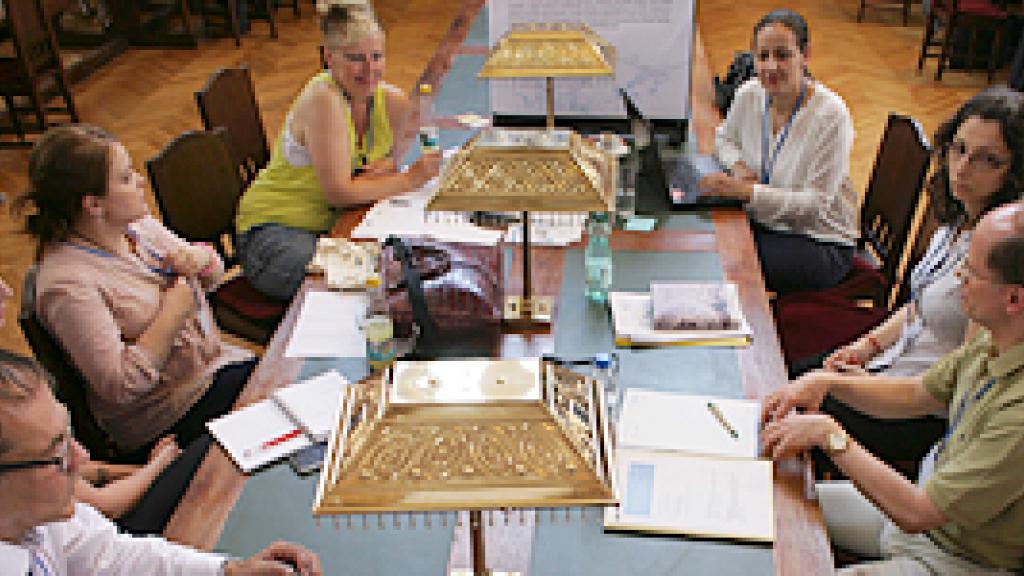Public consultation concludes with strong feedback
Danube Basin, 23 July 2015. For over six months, stakeholders of the Danube were called to share their views on the draft management plans for the Danube River Basin. As of 22 July, the public consultation phase convened with strong feedback received through different channels.

The ICPDR believes that the active involvement of stakeholders in developing policies is key to making their implementation efficient and improve their acceptance. In line with the relevant EU directives, the draft Danube River Basin Management Plan Update 2015 and the first Danube Flood Risk Management Plan were published for comments on 17 December 2014.
For the months that followed, stakeholders were asked to comment on these plans. By 22 July, the consultation phase ended – with 14 often extensive comments provided by stakeholders such as public bodies, interest groups or private entities. Some, but not all of these comments were given by ICPDR observers.
The opportunity to comment on the plans in writing was only one of several ways feedback was collected. In early June, a stakeholder consultation workshop was held in Zagreb that drew over 80 participants. Social media such as facebook and twitter were used to expand the targeted public and online questionnaires - which were filled out by nearly 200 people - provided a simple and accessible way to engage with the ICPDR.
In order to promote the public consultation measures, the video clip “Get active!” was produced and print media, e-mail newsletters, social media and the entire ICDPR network were utilised, spreading the news throughout the Danube River Basin and beyond.
What happens next?
Over summer, all comments received will be evaluated. They will then be provided to the relevant technical expert groups of the ICPDR for consideration. The management plans will be finalised for adoption at the ICPDR Ordinary Meeting in early December and officially endorsed through a Ministerial Meeting in Vienna on 9 February 2016.
A closing report on the public consultation will be developed for publication at the end of this year. It will feature all comments provided as well as a description of each comment and how it was processed. If it resulted in a change for the final document, it will be indicated in what way; if not, an explanation will be given why.





